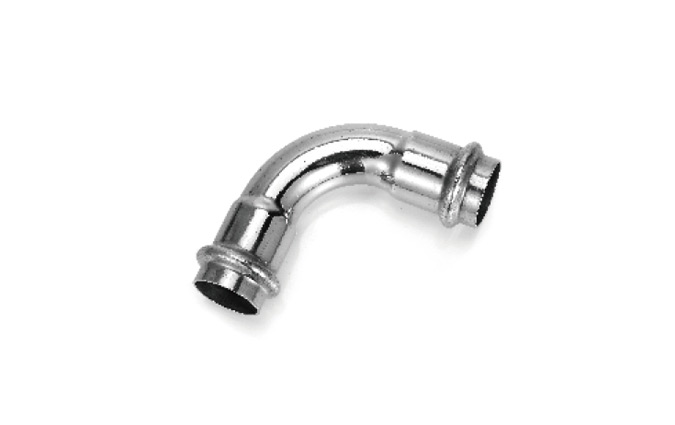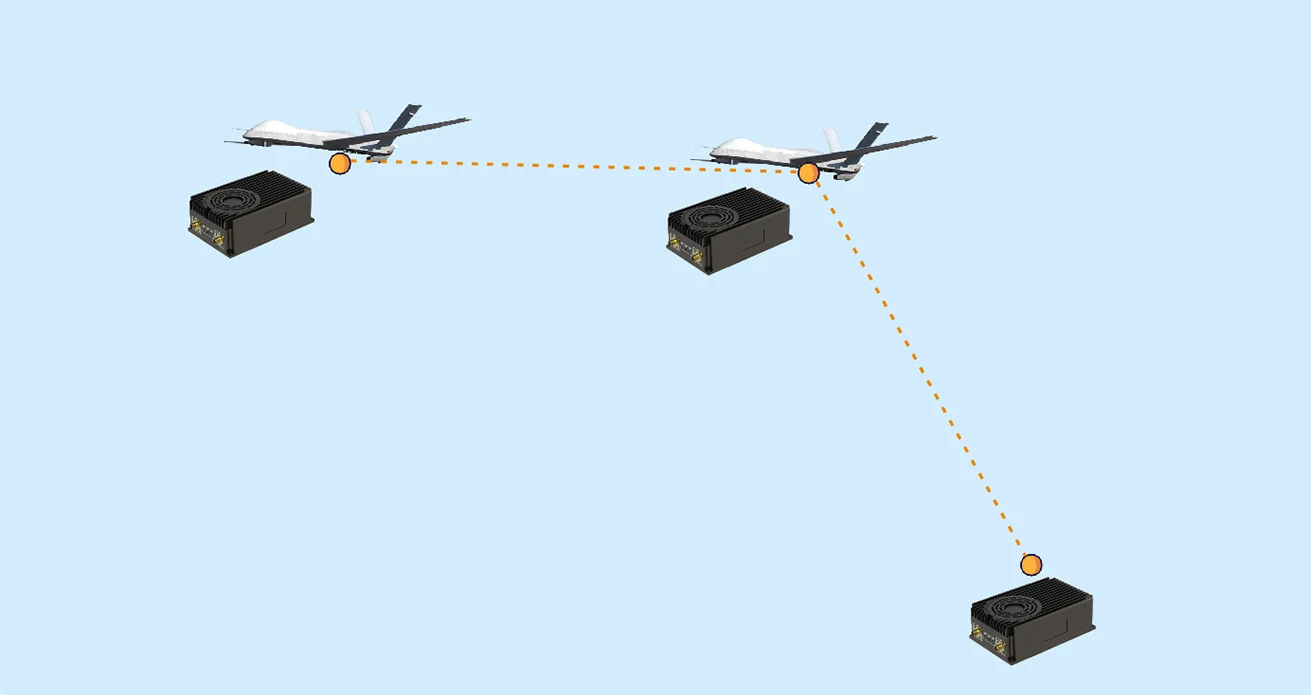Innovative Techniques for Interior Roof Waterproofing
Waterproofing a roof from the inside is a crucial aspect of maintaining the structural integrity of a building. Traditional methods of exterior roof waterproofing are well-known, but interior waterproofing techniques are gaining popularity due to their effectiveness and cost-efficiency. In this blog post, we will explore advanced methods and technologies for waterproofing roofs from the inside, ensuring a dry and secure environment.
- Identify the Source of Leakage:
Before proceeding with interior waterproofing, it is essential to identify the source of the leakage accurately. Conduct a thorough inspection to locate any cracks, gaps, or damaged areas in the roof. This step is crucial to determine the appropriate waterproofing method and materials required. - Injection Grouting:
Injection grouting is a widely used technique for sealing cracks and gaps in the roof. It involves injecting a specialized waterproofing material, such as polyurethane or epoxy, into the affected areas. The material expands and fills the gaps, creating a watertight seal. Injection grouting is particularly effective for concrete roofs and can be applied to both horizontal and vertical surfaces. - Liquid Applied Membrane:
Liquid applied membranes (LAM) are an innovative solution for interior roof waterproofing. These liquid coatings form a seamless, flexible, and durable barrier that adheres to the roof surface. LAMs are highly effective in preventing water penetration and can be applied to various roof types, including metal, concrete, and asphalt. They are resistant to UV rays, temperature fluctuations, and provide long-lasting protection. - Nanotechnology-based Coatings:
Nanotechnology has revolutionized the field of waterproofing. Nanocoatings, such as nano-silicone or nano-acrylic, offer exceptional water repellency and durability. These coatings form a thin, invisible layer on the roof surface, effectively sealing any cracks or pores. Nanotechnology-based coatings also provide additional benefits like thermal insulation and resistance to mold and mildew growth. - Interior Drainage Systems:
In cases where the roof has extensive water leakage issues, installing an interior drainage system can be an effective solution. These systems consist of a network of channels and pipes that collect and redirect water to a designated drainage point. Interior drainage systems are particularly useful for flat or low-sloped roofs and can be combined with waterproofing membranes for enhanced protection.
Conclusion:
Waterproofing a roof from the inside requires a comprehensive understanding of the underlying causes of leakage and the application of advanced techniques. By utilizing injection grouting, liquid applied membranes, nanotechnology-based coatings, and interior drainage systems, you can effectively waterproof your roof from the inside, ensuring a dry and secure environment. Remember to consult with a professional waterproofing contractor to determine the most suitable method for your specific roof type and condition. Invest in interior roof waterproofing to protect your property and prolong its lifespan.





